15 Companion Plants for Heuchera (With Pictures)
-
Ashley Bates
- Last updated:
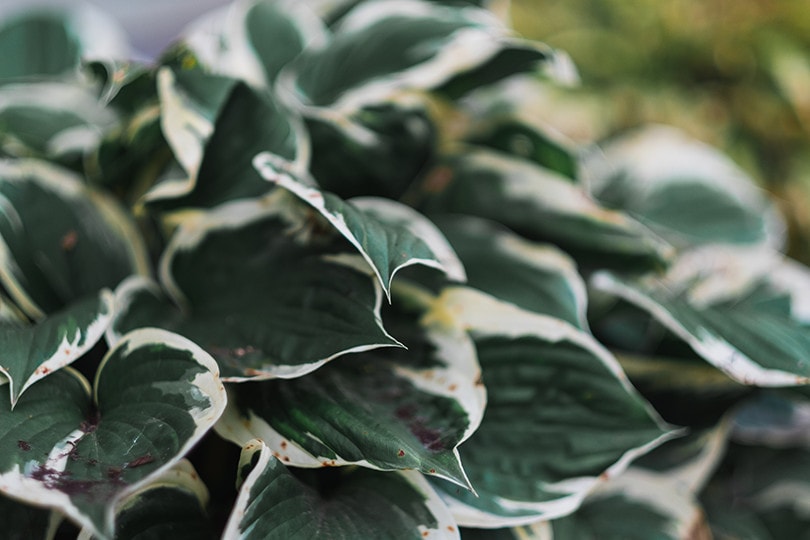
Heuchera, better known as coral bells, is a beautiful landscape plant that works well in pots, flowerbeds, and hanging baskets. These unique plants can spruce up any setup and look fabulous alongside various other stunning foliage with fuzzy leaves and tiny blooms.
Since heuchera is such a versatile plant, we have made a list for you to find the perfect pairings. Heuchera works well in sunny and shady areas, so are different companion plant options depending on your placement.
The 15 Companion Plants for Heuchera
Companion Plants for Shady Locations
1. Astilbe
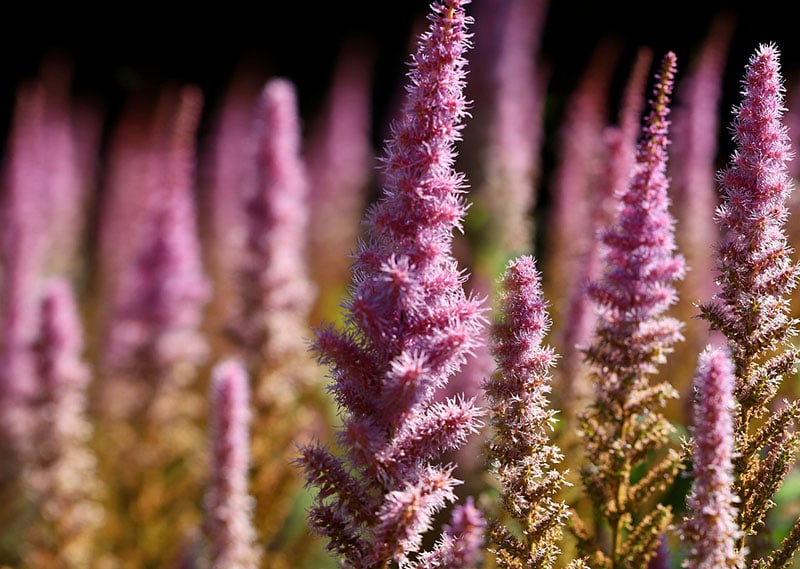
| Family: | Saxifrage |
| Appearance: | Stalks, fluffy, clustered flowers |
| Size: | 1-4 ft. |
| Zone: | 3-9 |
The astilbe is a delicate-looking but hardy plant that pairs impeccably well with the heuchera. This plant thrives in moist soil. If you live in a drier environment, it is crucial that the plants receive supplemental water.
Astilbes are quick-growing, outward-standing plants that are incredibly thirsty, requiring lots of sustenance. It’s important to avoid planting coral bells at a close distance so that both plants can benefit.
As long as the soil stays moist and these clustering plants have enough room to grow, they are straightforward in nature. Another upside to this plant is that it attracts butterflies and other insects, adding life to any garden space.
Fun Fact: In Greek, “astilbe” translates to “without brilliance.”
2. Bleeding Heart
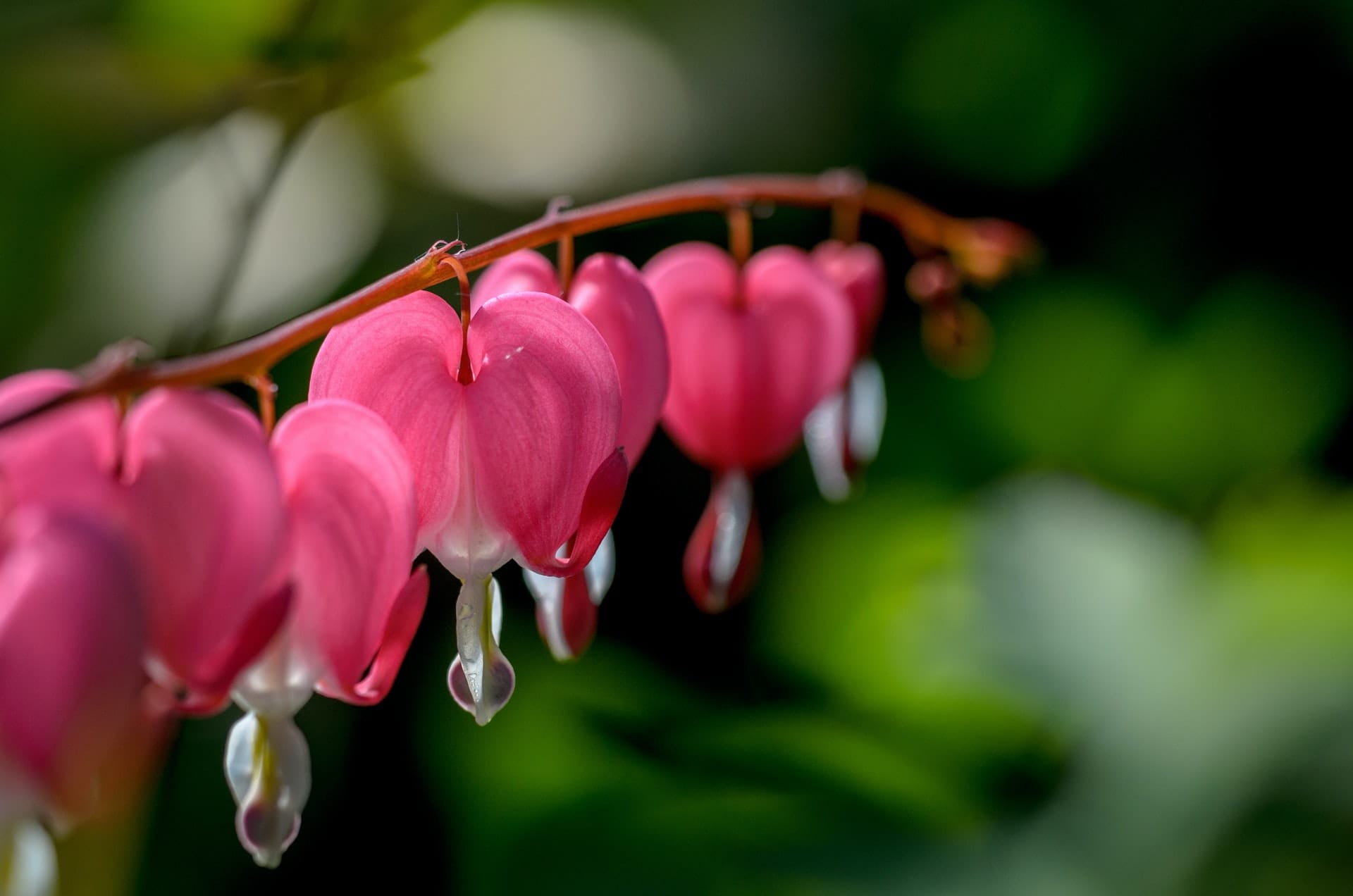
| Family: | Papaveraceae |
| Appearance: | Long stems, hanging heart-shaped blooms |
| Size: | 1-3 feet |
| Zone: | 3-9 |
The bleeding heart is a beautiful choice to pair with your coral bells. These instantly recognizable plants have dangling heart-shaped blooms that resemble hearts, hence their name. Bleeding hearts are pretty sizable upon maturity and look terrific in many landscapes.
This intriguing plant flowers for several weeks. After the flowering phase, the entire plant fades to nothingness. It might seem like your bleeding hearts are never coming back, only to re-emerge next spring.
Bleeding hearts are toxic to both people and pets. So, they can pose a small risk to children and backyard animals, provided that they put any of this plant in their mouth. However, you can take proper measures to ensure the safety of all.
Fun Fact: If you compile 450,000 bleeding heart seeds, it will equal one pound.
3. Ferns
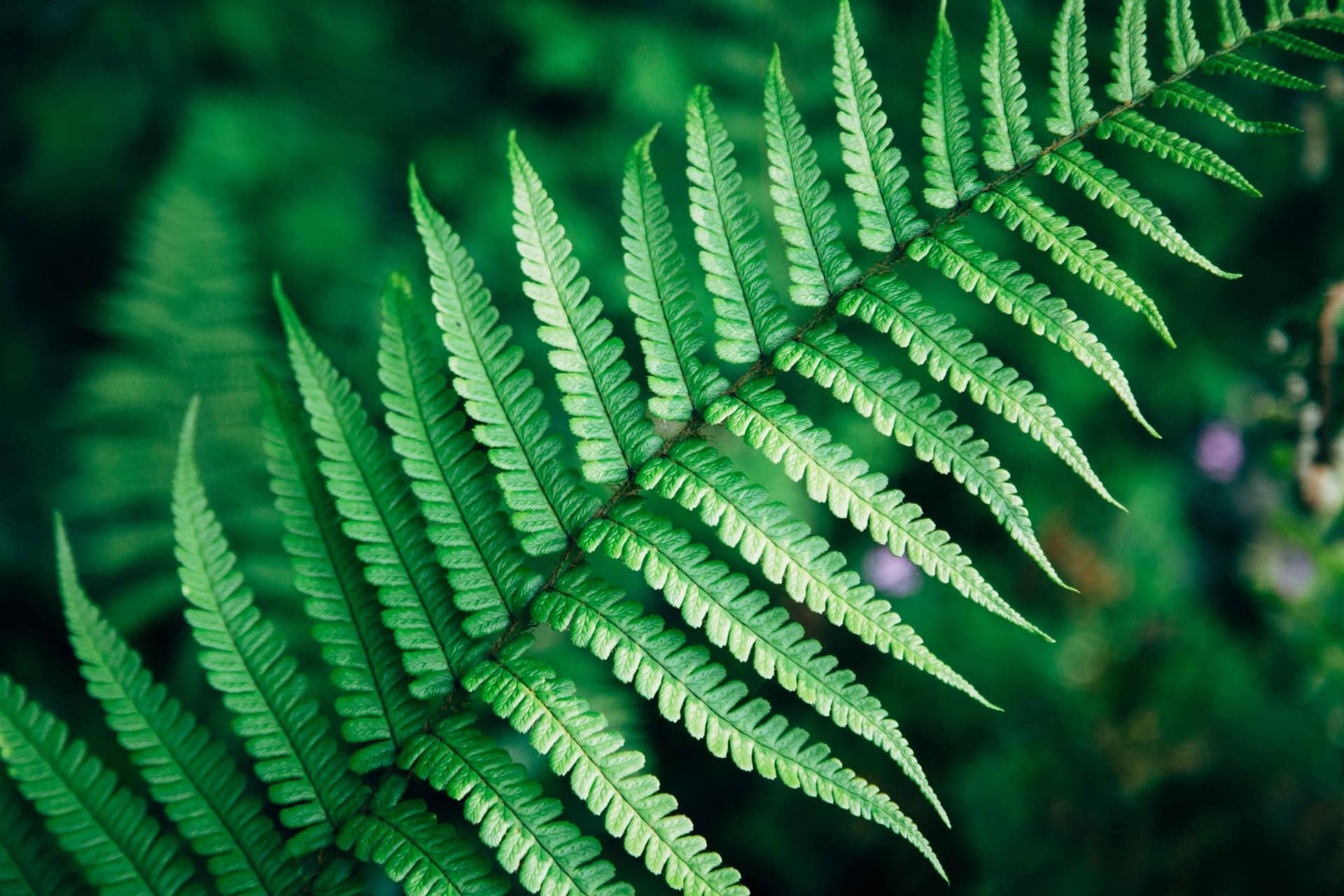
| Family: | Depends on the species |
| Appearance: | Varies |
| Size: | Varies |
| Zone: | 2-10 |
Ferns naturally grow up across many states in the United States. There are several different kinds of ferns, each having its own beauty and growing needs. Most ferns are highly compatible with heuchera, enjoying the shadier side of life.
Ferns are vascular plants that reproduce through cones rather than flowers or seeds. Ferns are very well known for their fiddlehead shapes as they mature. These fiddlehead growths sprawl out into fronds.
Always make sure soil is slightly damp. Ferns require quite a bit of moisture to stay at their healthiest. If the soil dries out completely, it can make them very unhealthy. So especially in the hot times of the summer, make sure you are always going out to provide hydration.
It’s very important to note here that the fern falls into the shade category and the shade category only. These plants can be extremely sensitive to any long periods of direct sunlight. So, if you live in an area with partial to full sun, these plants will not work in your garden space.
Fun Fact: Ferns date all the way back to the prehistoric era.
4. Hellebores
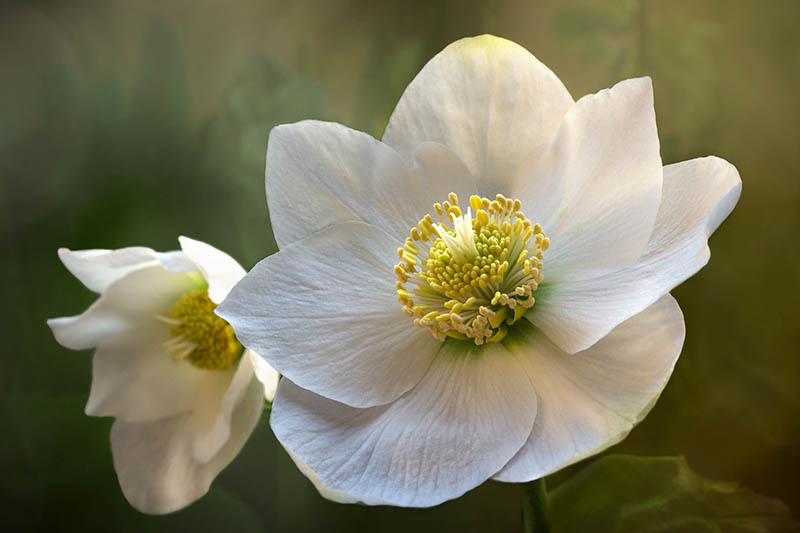
| Family: | Buttercups |
| Appearance: | Colorful flowers |
| Size: | 3 feet |
| Zone: | 6-9 |
The hellebore is a type of buttercup. These plants flower beautifully and look wonderful in a variety of landscapes. These flowers tend to make great bordering plants or pairings with shrubs.
Most hellebore flowers naturally grow from vibrant white to pink, but several hybrid variations are available. You can get a hellebore in basically any color of the spectrum.
The most susceptible animals for hellebore poisoning or deer and rabbits. And due to all the alkaloids in the plants, this type of flower is very toxic to pets. Most pets should steer clear, but always keep an eye out when they are around this plant.
Fun Fact: Hellebore was used by the ancient Greeks and Romans to treat issues like paralysis, gout, and insanity.
5. Hosta
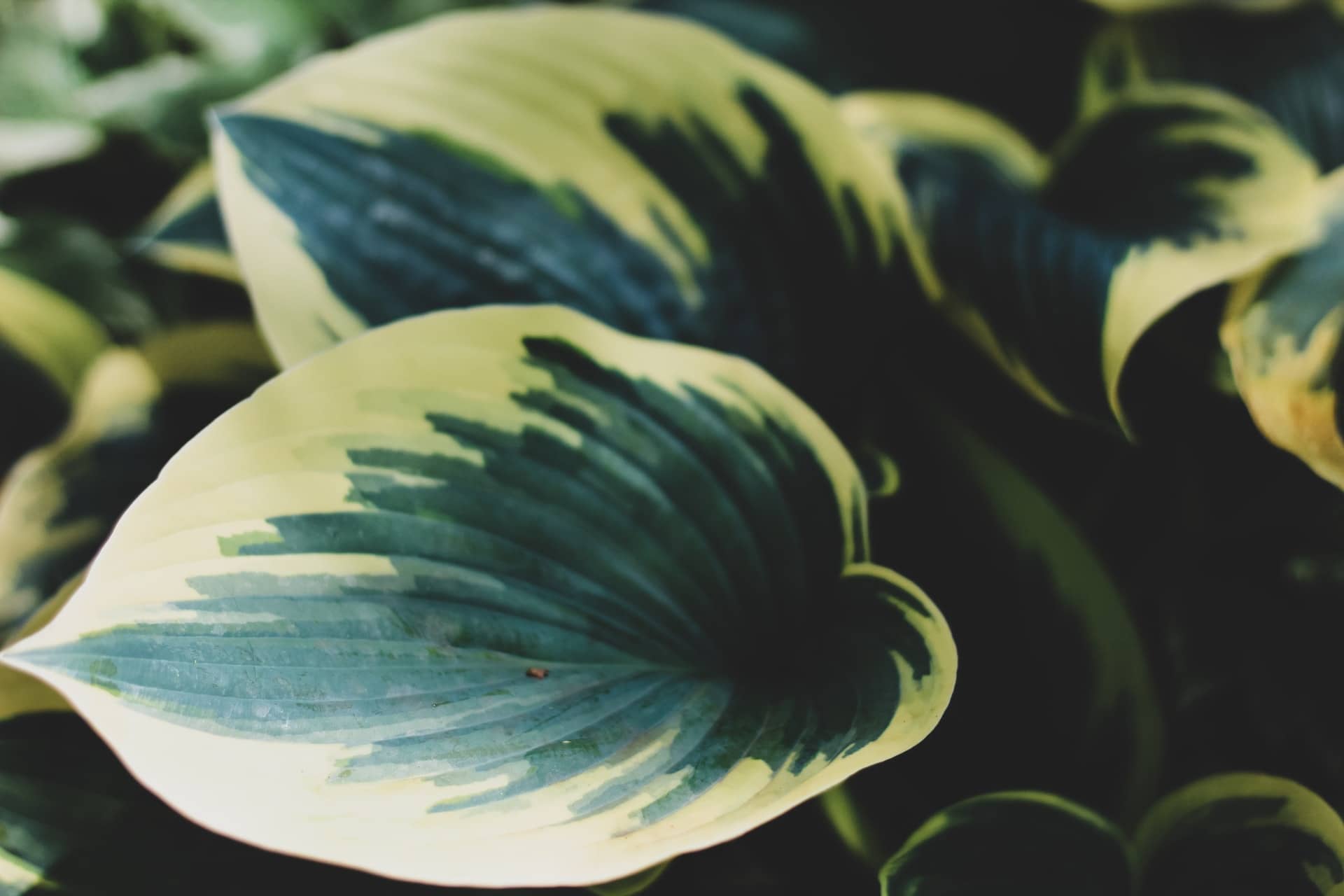
| Family: | Asparagaceae |
| Appearance: | Flowering, large veiny leaves |
| Size: | 6-48 inches |
| Zone: | 3-9 |
Hosta plants, otherwise known as plantain lilies, are incredibly hearty and easy-to-grow plants that pair amazingly well with your heuchera.
Hostas grow beautifully, but they can easily take over neighboring plants. So, if you do plan to plant hostas, you might have to thin out the plants or replant some in a new location to make proper space.
Hostas are perennials that come back every year, so you can enjoy them getting large and looking captivating every warm season. There are tons of different hostas that add vibrancy to your aesthetic. It’s so easy to form transplants out of originals, too!
Fun Fact: Hostas symbolize friendship and devotion.
6. Japanese Forest Grass
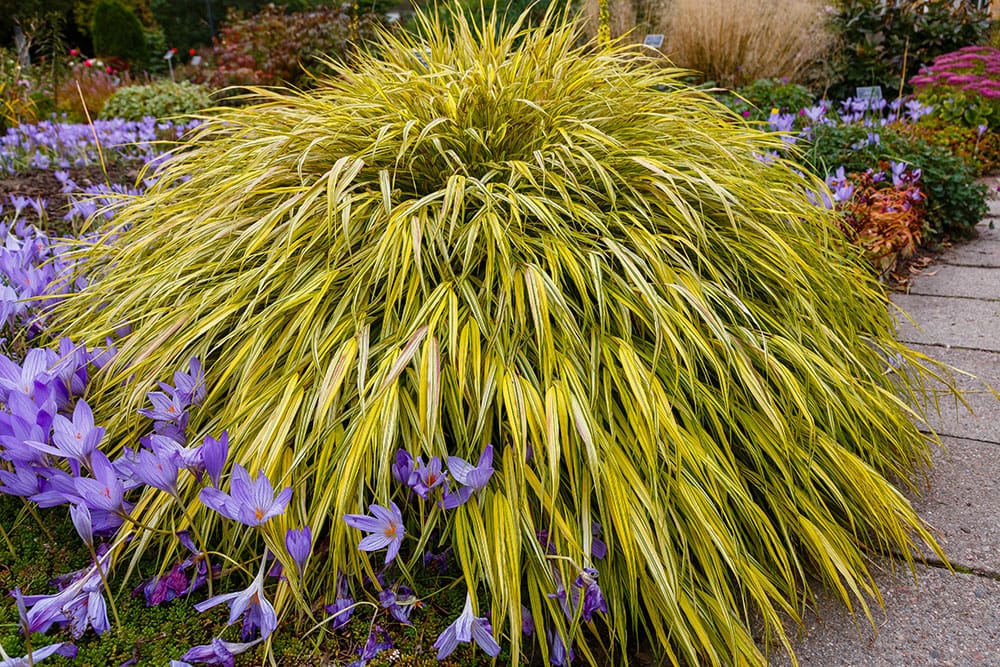
| Family: | Grass |
| Appearance: | Sprawling bush |
| Size: | 10 inches |
| Zone: | 5-9 |
Japanese forest grass is a simple but elegant perennial to add to your garden space. Most grasses thrive in sunny spaces, but not this one. Japanese forest grass prefers shady areas instead.
So, if you have your coral bells in a nice little place tucked away from a lot of direct sun, this brightly colored grass will work best ornamentally.
This natural-looking foliage is a great space filler but does require a lot of room to grow. Fully grown, these plants reach about 10 inches in height and sprawl outward. So, just ensure you’re giving them the appropriate amount of space between plantings.
Fun Fact: Japanese forest grass is considered a creeper but isn’t invasive.
7. Lamium

| Family: | Mint |
| Appearance: | Heart-shaped leaves, quilted |
| Size: | 5-8 inches |
| Zone: | 2-9 |
Lamium is a beautiful shade-friendly plant that you can pair with your heuchera coral bells. This plant is a blanket term for 30 different species of flowering plants in the mint family. They are one of the only plans you will see on this list that can thrive in full shade.
Lamiums are often used for ground coverings, as they tend to bush out and flower, covering lots of blank space. These beautiful flowers make any landscape pop and attract lots of insect life to watch flutter around.
Before you decide on this plant to pair with your heuchera, it’s essential to understand that it spreads rapidly. Otherwise, it can take over quite quickly. So, always plant it in a space where you can control it.
Fun Fact: Leaves of lamium (dead nettle) are often enjoyed in teas and salads.
 Companion Plants for Sunny Locations
Companion Plants for Sunny Locations
8. Artemisia
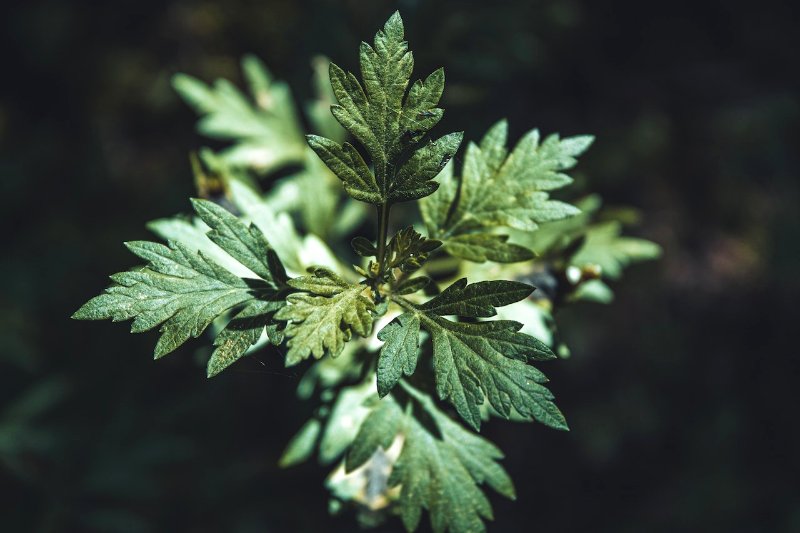
| Family: | Daisy |
| Appearance: | Silver-green foliage, subtle flowers |
| Size: | 4 feet |
| Zone: | 4-9 |
Artemisia, otherwise known as mugwort, is a category covering up to 400 species in the daisy family. Interestingly, artemisia was used in Chinese herbal medicine with a very bitter taste.
The plant has been used to treat inflammation, infection, fever, pain, cancer, and diabetes. So, it’s exceptionally medically beneficial.
Artemesia is also what is used in absinthe to give it its flavor. Even while growing, it has a sharp, bitter fragrance with floral notes. However, it also can damage the nervous system, so it is partially toxic. You should carefully prepare for this and wear gloves when handling it.
Fun Facts: Many artemisia varieties have insecticidal properties.
9. Bugleweed

| Family: | Mints |
| Appearance: | Dark, small leaves, flower spikes |
| Size: | 6-9 inches |
| Zone: | 4-10 |
Bugleweed is a fantastic ground cover that pairs very well with coral bells and many other plants on this list. It is as useful as it is attractive—plus, it makes a fantastic ground covering, filling in all those empty spaces.
If you are looking for medicinal plants to add to your garden, consider bugleweed. This beautiful plant was traditionally used to treat coughing and sleeplessness. However, today it is much more widely used for treating mild symptoms of hypothyroidism.
Bugleweed develops flower heads and clusters. These heads are fantastic at seeding, making a lot of bugleweed pop up in its place. If you want to control growth, make sure to deadhead your plants in the fall.
Fun Fact: Bugleweed is a very valuable medicinal plant with a laundry list of health benefits.
10. Daylilies
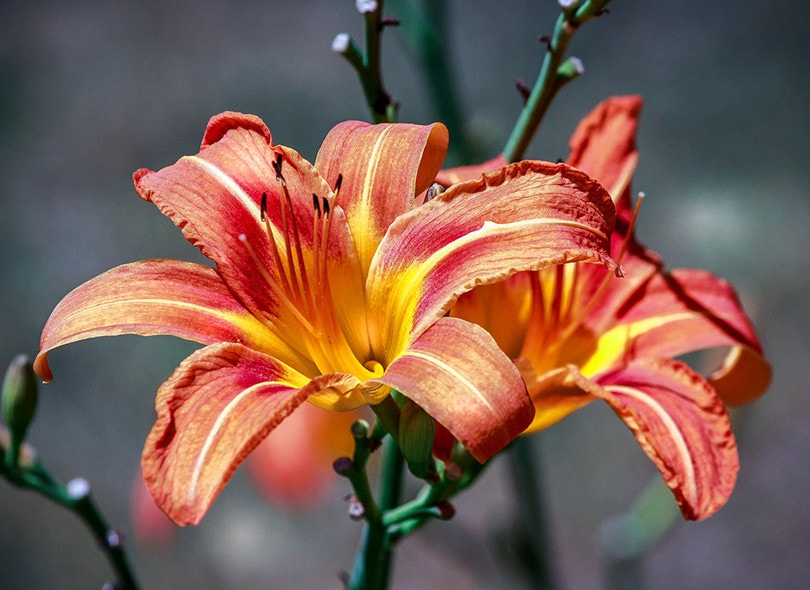
| Family: | Hemerocallis |
| Appearance: | Long stems, large colorful flowers |
| Size: | 1-4 feet |
| Zone: | 4-11 |
Don’t let the name fool you. These beautiful blooms are not in the lily family at all. Most lilies are toxic and completely inedible. Daylilies, on the other hand, are completely edible flowers that you can use dried for teas or fresh off the plant.
One not-so-pleasant thing about this type of flower is that it smells like rotting flesh once they bloom. This scent has a very strong purpose. It is designed to attract specific pollinators to its blooms.
Many people love daylilies because they are very fast-growing, dramatic, and long-lived. They tend to be healthy all throughout the season, unbothered by most pests, and are extremely easy to care for. They would look charming alongside your heuchera.
Fun Fact: These flowers survive drought well, so they work for warm climates, too.
11. Geranium

| Family: | Geraniaceae |
| Appearance: | Ivy-like, tiny, clustered flowers |
| Size: | 4-48 inches |
| Zone: | 10-11 |
It all depends on what species you get because the term geranium is pretty broad. But these flowers, otherwise known as cranesbill, can be annual, biennial, and perennial. Naturally Mediterranean, these plants are finicky about being put in the ground.
They are very sensitive to cold temperatures and should be kept at a decent temperature at all times. Rather than being planted in the ground next to your heuchera, it might be better to use these plants esthetically and in containers.
You will enjoy the long-living blooms and pops of color geraniums can add to your aesthetic.
Fun Fact: The geranium is the national flower of Switzerland.
12. Iris
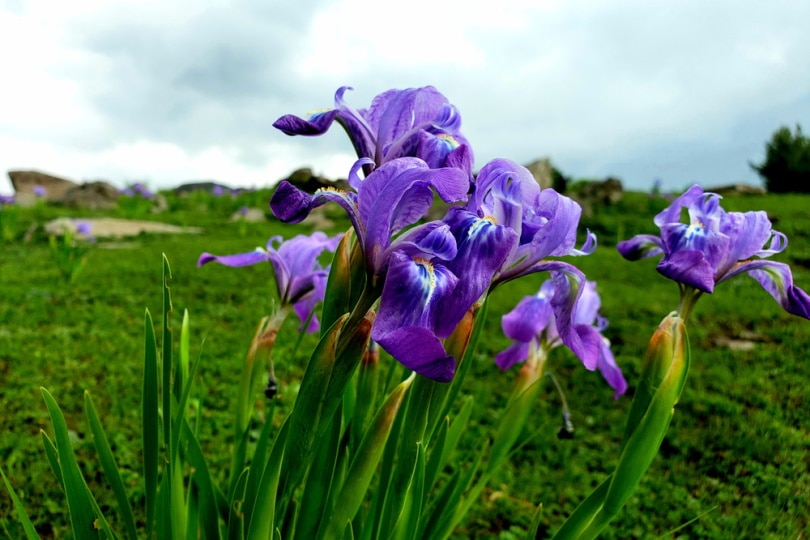
| Family: | Iridaceae |
| Appearance: | Long stalks, large blooms |
| Size: | 6-12 inches |
| Zone: | 3-9 |
The iris is an all-time gardener favorite, carrying charm, elegance, and beauty every year. These long-stemmed, interesting-shaped flowers add color, personality, and aesthetics to your home space. These flowers work fantastically behind your heuchera to accent the plant.
There are over 200 species of iris, so you can get them in quite a few varieties, including gorgeous hybrids. These flowers attract birds and are ideal for cut floral arrangements.
The iris is a modest plant that will come back year after year. They look awesome in any backdrop, accentuating the plant life in front of it.
Fun Fact: The iris is a symbol of faith, hope, and love.
13. Lady’s Mantle
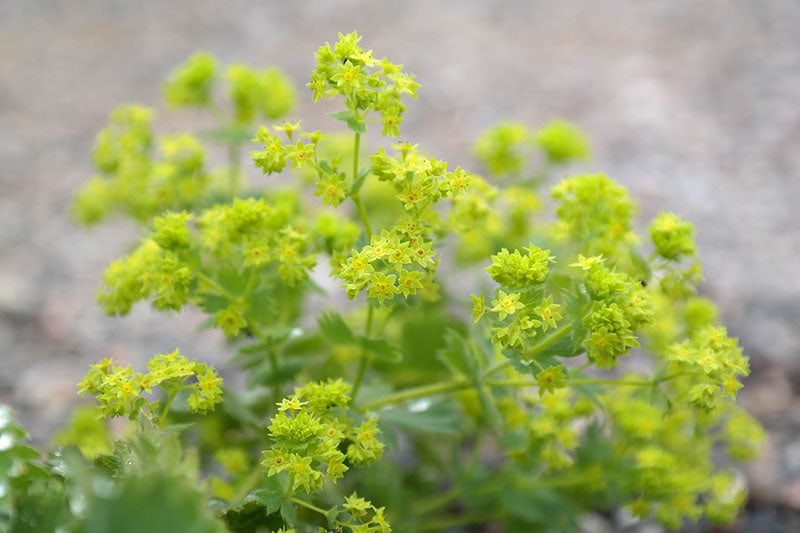
| Family: | Rose |
| Appearance: | Partially folded lobes, |
| Size: | 12-15 inches |
| Zone: | 3-8 |
Lady’s mantle is a lovely addition to many garden spaces. It is a clump-forming perennial with beautifully shaped leaves stemming from rhizomes in the ground. The leaves resist water, making dew and water droplets pool up for an exciting look.
Lady’s mantle blooms chartreuse flowers in clusters during late spring and summer. These plants are generally easy to take care of and require little to no extra maintenance. So, while they add beauty to your garden, they really don’t add extra labor.
It’s known to be an invasive plant, even though it is slow-growing. When these ladies take over, they don’t let up. So, it is essential to be mindful of that when you’re planting.
Fun Fact: Lady’s mantle has been used as a natural green dye for wool.
14. Lysimachia

| Family: | Loosestrifes |
| Appearance: | Upright and prostrate, ground cover |
| Size: | 3-6 inches |
| Zone: | 4-9 |
Lysimachia is a very versatile group, having over 180 different species. These beautiful flowering plants are extremely hardy and versatile, capable of withstanding shade to full sun. So, they work in virtually any area around your landscape.
These plants enjoy moist soil and require trimming to keep their shape. Another really fantastic thing about this plant is that it is so easy to dig up and move around. You can really tailor your landscape by filling in all the blanks.
So, if you are making sure your Lysimachia plants have adequate room and water, you might have to trim them. They grow quickly.
Fun Fact: The Lysimachia plant is also called loosestrife, translating to, “ending strife.”
15. Ornamental Grasses
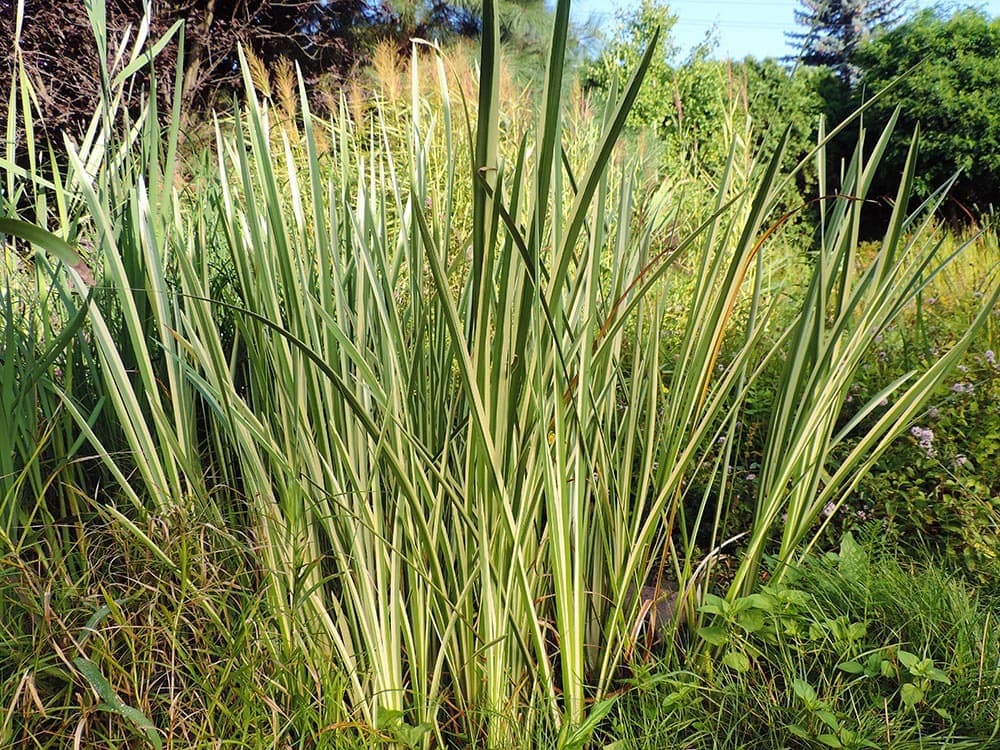
| Family: | Grass |
| Appearance: | Varies |
| Size: | 1-6 feet |
| Zone: | 6-10 |
Ornamental grasses can come in all shapes and sizes. You can really shop around to get the exact look you want to put in your landscape. The great thing about these grasses is that they are incredibly easy to grow and care for themselves.
Sometimes you can buy seed mixes with a variety of ornamental grasses. But you can also look for specific ones that strike your attention. Some ornamental grasses can grow extremely tall, up to six feet or more. So, make sure to give them lots of space.
If you plant them next to foliage that requires sunlight but doesn’t get very tall, ornamental grasses can easily overpower the living space, snuffing out certain plants.
Fun Fact: Ornamental grasses are vast in availability and appearance.
Worst Companion Plants for Heuchera
Thankfully, coral bells are very friendly plants that get along well with most plants, permitting you to give all plants adequate space to grow. But, like all plants, certain ones just don’t prefer the heuchera’s company.
Most of it comes down to living conditions. You would never want to plant the moisture-loving heuchera with a plant that prefers drought, like lavender, bird of paradise, some succulents, and Mexican feather grass.
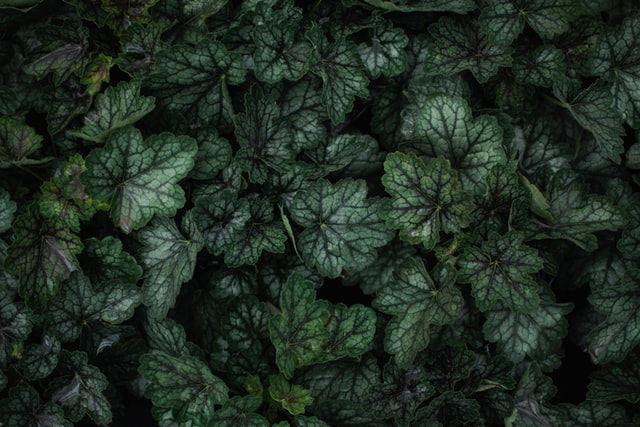
Basic Facts About Heuchera
Coral bells are extremely versatile plants, coming in many variations. Each one has beautifully designed veiny leaves and small blooms through spring and summer. These perennials tend to get along with virtually any other plant, permitting they require the same soil moisture and acidity level.
Soil Type
These plants enjoy well-draining moisture-rich soil with plenty of organic matter. Typically, they do not do well in clay or highly acidic soils.
Soil pH
Heuchera enjoys slightly acidic soil with a pH between six and seven. Although, some coral bell species require slightly different soil acidity.
Moisture
These plants like moist soil, but not saturated. So, you want to ensure that your plants get plenty of drainages and have a chance to dry out between waterings. If the soil is too wet, it can cause issues like root rot.
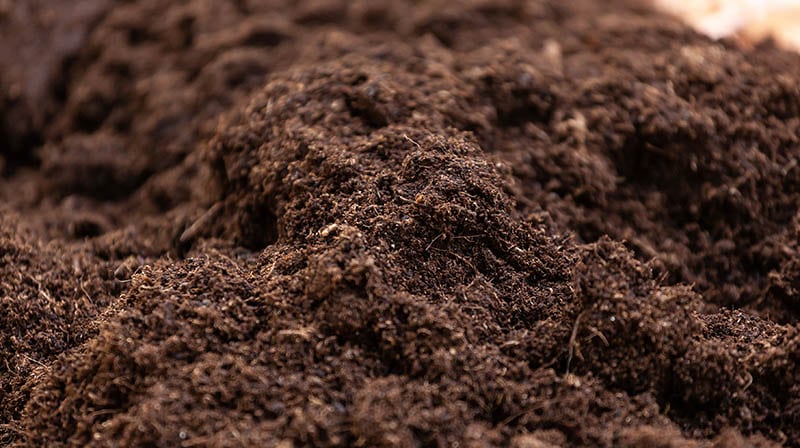
Growth
Coral bells aren’t considered fast-growing plants. They keep up a pretty moderate growing speed. However, they can quickly fill spaces and can be larger or smaller depending on how close neighboring plants are. Most gardeners choose to thin out their coral bells after about three to four years.
Lighting
These plant leaves can easily be scorched in too much sunlight. So, it is very important to plant your coral bells somewhere where they will receive plenty of light and shade.
Fertilizer
If you plan to fertilize your heuchera, remember that these are light feeders and do not require heavy or quick-release fertilizing options. These plants are really just happy with a half-layer of compost in the springtime. This is enough to give your plant the boost that it needs to be vibrant and healthy.
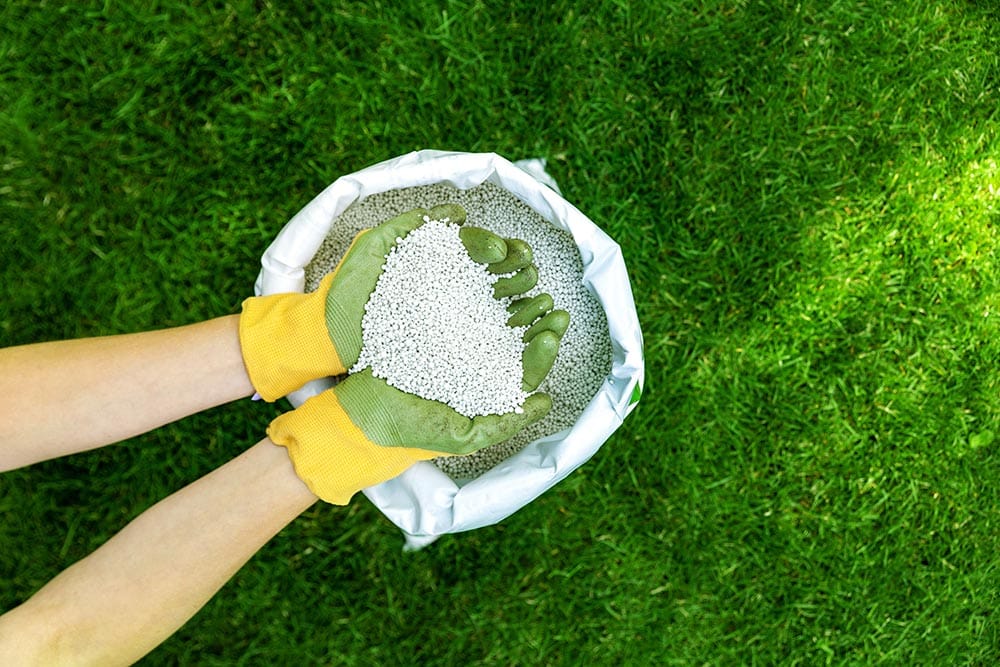
Natural Pests
A few pests bother these gorgeous plants in the warmer months. One of the main culprits is rabbits. These small herbivores absolutely love delighting in the leaves of your coral bell plants. Natural repellents like hot pepper spray work very well to keep rabbits at bay. But, they also make commercial repellents that deter many small animals.
In addition to rabbits, slugs are another huge problem for these plants. They are especially common when everything is damp and moist in the spring. If you’re looking for a natural way to get rid of slugs, sprinkle a little diatomaceous earth around your plants.
Types of Heuchera
Heuchera is a blanket term that covers nearly 50 species. Some are used more often in garden spaces than others. They come in various colors and appearances, making them an exciting addition. You could have one or multiple types of coral bells in your garden.
Some of these variations include:
- Melting fire
- Venus
- Caramel
- Can-Can
- Lime Marmalade
- Amber Waves
- Midnight Rose
- Delta Dawn
- Mint Julep
- Sashay
- Lune Rousse
- Spellbound
- Berry Smoothie
- Plum Royale
- Electra
- Zipper
- Color Dream
- Apple Crisp
- Bronze Wave
- Crimson Curls
- Ginger Ale
- Peach Parfait
- Concomitant
- Sparkling Burgundy
- Pewter Veil
Conclusion
Heuchera is a low-maintenance, non-finicky plant that pairs well with a number of other beautiful, aesthetically pleasing, and medicinally friendly types of foliage. Hopefully, one, two, or even all of these pairing suggestions would work well in your garden space.
Perhaps you already have a few on the list, and this is just a good thumbs-up for confirmation for you. No matter how this article helped you grow your garden space, we know that you will have your coral bells looking fantastic throughout the warm months.
Featured Image Credit: John Matychuk, Unsplash
Contents

 Companion Plants for Sunny Locations
Companion Plants for Sunny Locations